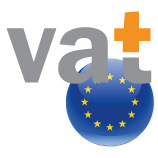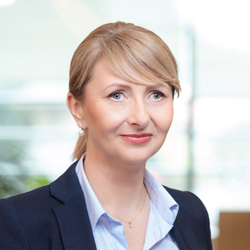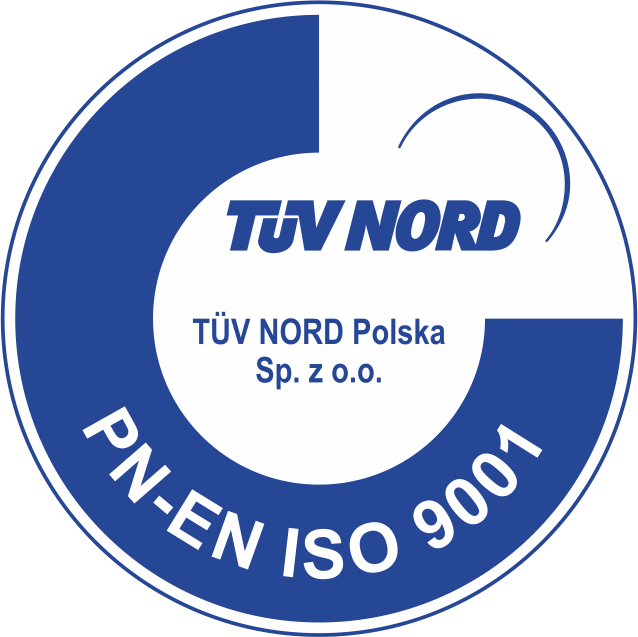EU e-Commerce news and information
 e-Commerce has evolved rapidly as consumers’ appetite for simple and instant buying continues to grow. This means that regulators have been struggling to keep pace with these advancements.
e-Commerce has evolved rapidly as consumers’ appetite for simple and instant buying continues to grow. This means that regulators have been struggling to keep pace with these advancements.
In particular the taxation of e-Commerce has presented significant challenges to governments and organisations around the world, with multiple regulatory obstacles slowing down the process of decision-making, in particularly for those transactions taking place across borders.
Previously, concerns surrounding tax on e-Commerce transactions have been focused on the possible restrictions it can place on the development and growth intentions of those businesses operating online.
Nonetheless, the incomparable growth of e-Commerce has meant that today, it has left the traditional high-street stores in its wake. The key principles of success for today’s new tendency of online retailers is convenience and speed, as consumers have become gradually more reliant on online purchases. The relationship has undoubtedly changed with the buying and selling process, from traditional to online operations.
Due to the variety of disparate VAT regulations and regimes in existence world-wide, this shift has also presented a multitude of new and previously unseen complexities. To give an example, local legislation alone must be complied with in order to ensure that transactions are processed accurately.
amavat® can help by focusing on practical and comprehensive guidance to businesses attempting to navigate these challenges. Given the importance of business compliance with VAT restrictions, regulation can allow business leaders to focus on growing and expanding on a global scale.
The VAT consequences for the provision of goods and services develop, as a result of three distinct types of transaction:
- The supplies of physical goods to business or private consumers;
- The supplies of intangible goods or services to business;
- The supplies of intangible goods or services to private consumers.
The VAT law covering any of the types that a given cross-border transaction may fall in, will primarily depend on whether the supply is of a good or a service. Though, VAT is applied based on both the shipping and the delivery destination, and e-Commerce transactions are no different. The difficulties that originate from each country will have set a different VAT rate of those goods and services both leaving, and arriving in the country.
With the UK soon to leave the European Union (EU) upon completion of the Brexit negotiations, and with a new arrangement on the Customs Union being negotiated for the UK, this can – and should – result in the brokering of a treaty on a VAT settlement.
The EU as a bloc represents a group of Member States that enjoy beneficial VAT immunities across borders, so, despite the UK’s future trading relationship with the EU remaining unclear, uncertainty still hangs over the next wave of growth of the e-Commerce landscape.
€50bn fraud contested by EU destination-based VAT
Early October, 2017 the European Commission (EU) published details of a 2021 proposal to shift the EU VAT regime from an origin-based system to a destination based one.
The intention is to vastly reduce missing trader EU VAT fraud, estimated at €50bn per year, by up to €40bn. This change will try to end the VAT exemption on B2B sales between Member States, but result in companies having to pay and recoup X600bn in new, cross-border VAT payments. Destination-based VAT will likely face firm resistance from a number of Member States who will be weary of passing control of their tax collections to fellow Member States.
The 24 year ‘temporary’ regime – Origin-based EU VAT
Presently, B2B sales of goods across any EU Member State border are subject to VAT of Seller’s country – Origin-based VAT. To alleviate buyers from having to retrieve billions of foreign VAT in the country of their foreign sellers, the ‘reverse charge’ simplification shifts the VAT to the buyer. This is done by the buyer entering both the purchase and the sale twice in their own, domestic VAT return. There is consequently no requirement to pay VAT – hereafter the sale is zero-rated for VAT purposes.
When the EU’s Single Market was introduced in November 1993, the system was to function with the intention of being ‘temporary’, 4-year measure. The plan was that all countries would synchronise their VAT regimes. Conversely, this arrangement has never been accomplished – largely because EU countries have differing VAT rates.
The MOSS model has been proposed by the European Commission (EC)
The EC has long abandoned the plan to make the origin-base the long-lasting solution for the EU VAT regime. Instead they have now suggested that VAT on cross-border B2B sales is due in the country of the buyer. For example – if a German Seller has a Polish customer, they would charge 23% Polish VAT instead of nil-rating the sale.
This would mean the German company would collect and pay the Polish VAT due to the German tax authorities. They would in turn send back the VAT to the Polish tax authorities. The mechanism has already been adopted for the ‘Mini One-Stop-Shop’ (MOSS) system, introduced on B2C cross-border sales of electronic services.
€50bn omitted trader, carousel fraud
This zero-rated interpretation has opened up the EU to widespread VAT fraud by criminal gangs over the past 10 years. They set-up companies feigning nil VAT cross-border sales, but essentially sell the goods in their own country with VAT which they then keep. There have been intricate variations, which include, many companies in multiple countries claiming to sell and resell the same fictitious goods – as scheme known as ‘Carousel Fraud’.
The EC has assessed this type of fraud costs Member States €50bn per tear. It has affected a number of sectors in particular, including: computer chips; computer tablets; mobile phones; carbon trading; precious metals and stones; and wholesale electricity. The EU does provide for a limited use of the domestic ‘reverse charge’ to combat this to a limited extent.
amavat® provides a ‘one-stop-shop’ solution for VAT Compliance within Europe. We assist clients with a single point of contact that speaks their language and handles all VAT related issues with a standard and cost efficient approach.
If you have any queries or questions, please do not hesitate to contact amavat®.
To find out more information please visit www.amavat.eu













